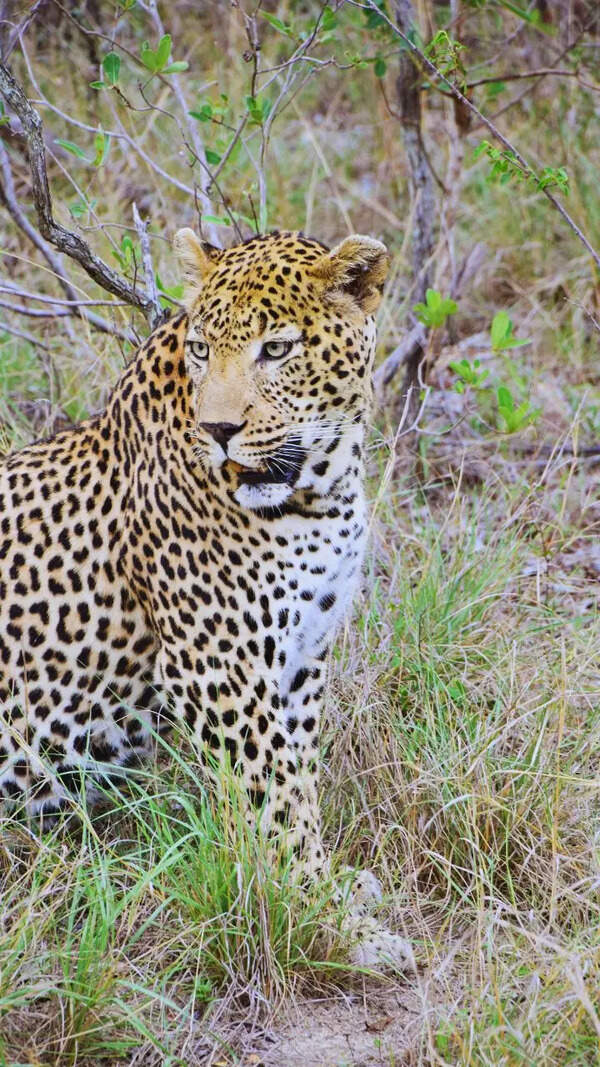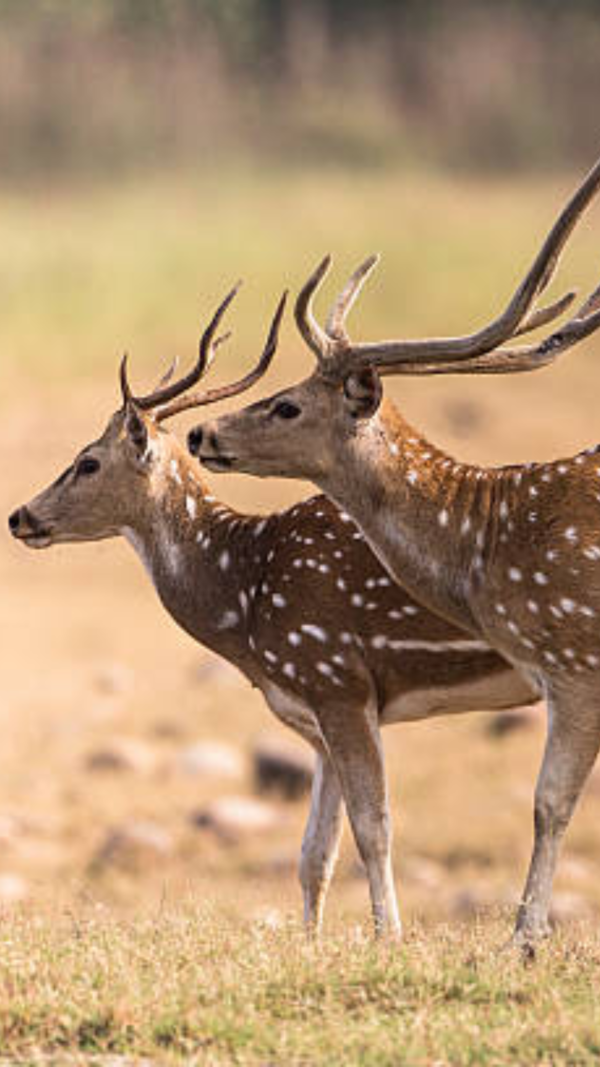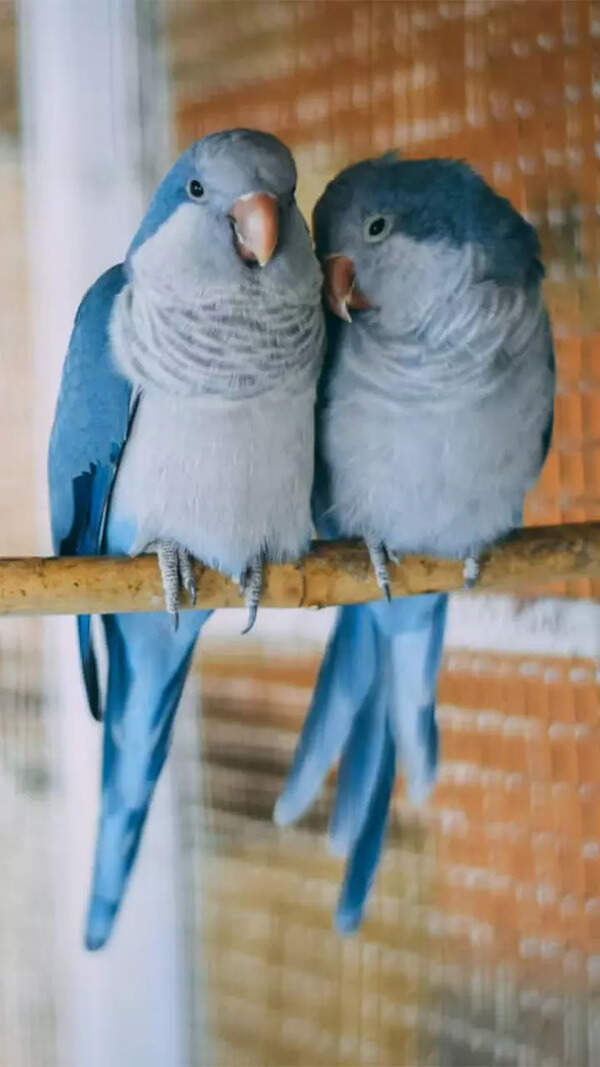Trending
Colossal squid caught alive on camera for the first time in 100 years!
In a rare sighting, researchers captured the first-ever footage of a juvenile colossal squid in its natural habitat in the South Atlantic. This elusive creature, discovered in 1925, can grow to an enormous size. Marine expert Thom Linley spotted the ghostly figure, initially mistaken for a glass squid. Dr.
It’s not every day you catch a glimpse of a creature that’s eluded human eyes for nearly 100 years — let alone one that could grow to the size of a school bus.
In a moment that stunned ocean researchers, a juvenile colossal squid was captured on camera in its natural habitat for the first time since the species was discovered in 1925. The historic sighting happened in March, nearly 2,000 feet below the surface of the South Atlantic Ocean, and was made possible by a remotely operated underwater vehicle from the Schmidt Ocean Institute.
Despite its intimidating name, the young squid spotted was just about one foot long — but don’t let its size fool you. As it matures, it could eventually stretch to 23 feet and weigh over 1,100 pounds, making it the heaviest known invertebrate on Earth.

Credit: X/@Rainmaker1973
But this time, the stars aligned.
On board the research vessel, marine expert Thom Linley was prepping for a dive when something unusual floated across the screen. Out of the corner of his eye, he caught sight of a ghostly figure — nearly transparent, with delicate pearly eyes and jellylike organs. It was unmistakably a member of the Cranchiidae family, also known as “glass squids.” Linley snapped a quick image and shot it to Bolstad — but the low-res pic wasn’t enough.
“She's climbing the walls like, 'Give me the high res! Give me the high res!'” Linley joked.

Credit: X/@Rainmaker1973
Eventually, better footage came through, and Bolstad was able to confirm what everyone had hoped: they were looking at a real, live, baby colossal squid.
As it grows, this delicate creature will darken and develop thicker muscles, trading its ethereal look for something more robust. And while we still know very little about their diet, lifespan, or reproduction, this rare footage may finally offer scientists new clues about the mysterious early life stages of this deep-sea giant.
Discovered through whale stomach contents in 1925, the colossal squid has remained one of the ocean’s great enigmas — until now. Thanks to modern tech and a lucky break, we’re finally getting a window into a world that's remained hidden for generations.
End of Article
FOLLOW US ON SOCIAL MEDIA
Visual Stories
Tired of too many ads?










